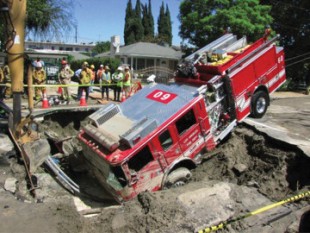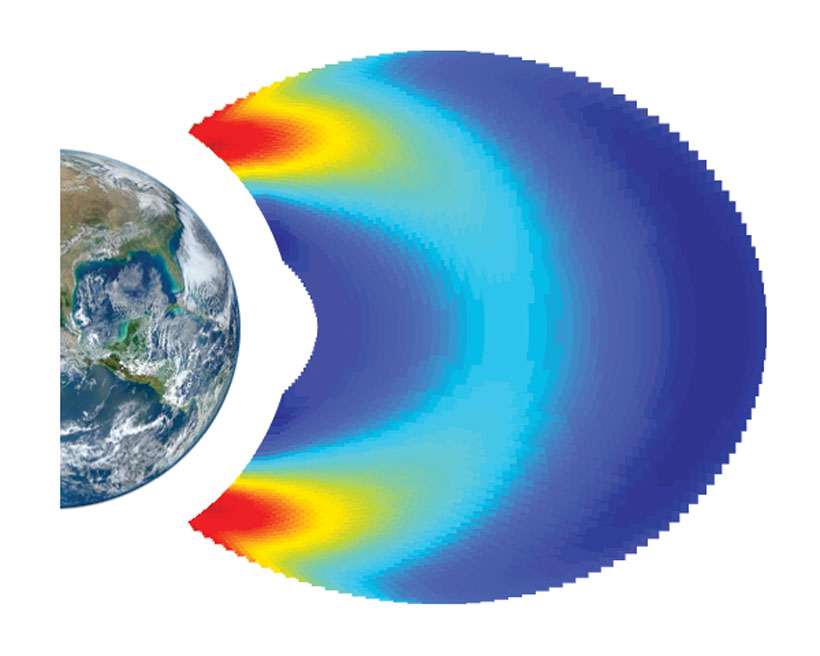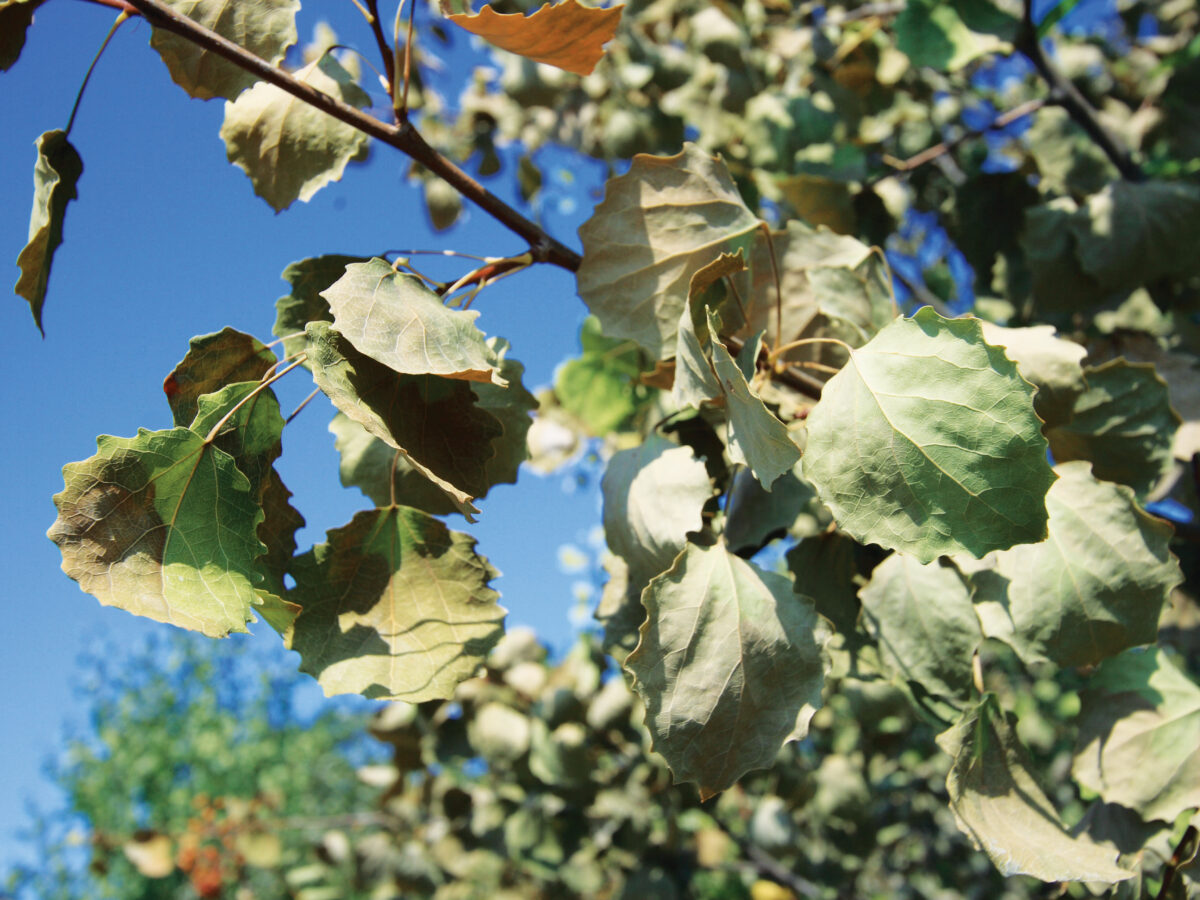The strength of land-atmosphere coupling in a given model influences how it represents deforestation’s effects.
Modeling
Epidemiology Can Help Predict Urban Water System Failures
How are broken water pipes like fatalities in a heat wave? Researchers look to an epidemiological model to better care for infrastructure.
Quaternary Sea Ice Reconstruction: Proxy Data and Modeling
3rd Sea Ice Proxy Working Group Workshop: Sea Ice Proxy Synthesis and Data-Model Comparison; Bremerhaven, Germany, 23−25 June 2014
Model of Earth's Plasmasphere Is Incompatible with Measurements
Researchers find that a model of the Earth’s plasmasphere developed in the 1960s is outdated and inaccurate.
A Simple Model to Calculate When Drought Causes Plants to Die
Scientists create a mathematical model to predict when drought pushes plants to die.
Land Surface Model Development Needs for Weather Prediction
Eighth Weather Research and Forecasting Working Group 14: Land Surface Modeling Workshop;
Boulder, Colorado, 26–27 June 2014
Local Model Better Describes Lunar Gravity
Scientists zero in on the Moon’s South Pole to create more accurate models of the lunar surface.
Braiding Rivers: State of the Art and Future Challenges
Braided Rivers Workshop 2014;
Le Domaine de Sainte Croix, France, 23–27 June 2014
Future Research Directions for Soil Carbon Modeling
Representing Soil Carbon Dynamics in Global Land Models to Improve Future IPCC Assessments; Breckenridge, Colorado, 12–14 June 2014
A Community-Driven Framework for Climate Reconstructions
Scientists involved with the Past Global Changes (PAGES) project have developed goals and recommendations for studying the paleoclimate of the past 2000 years.





